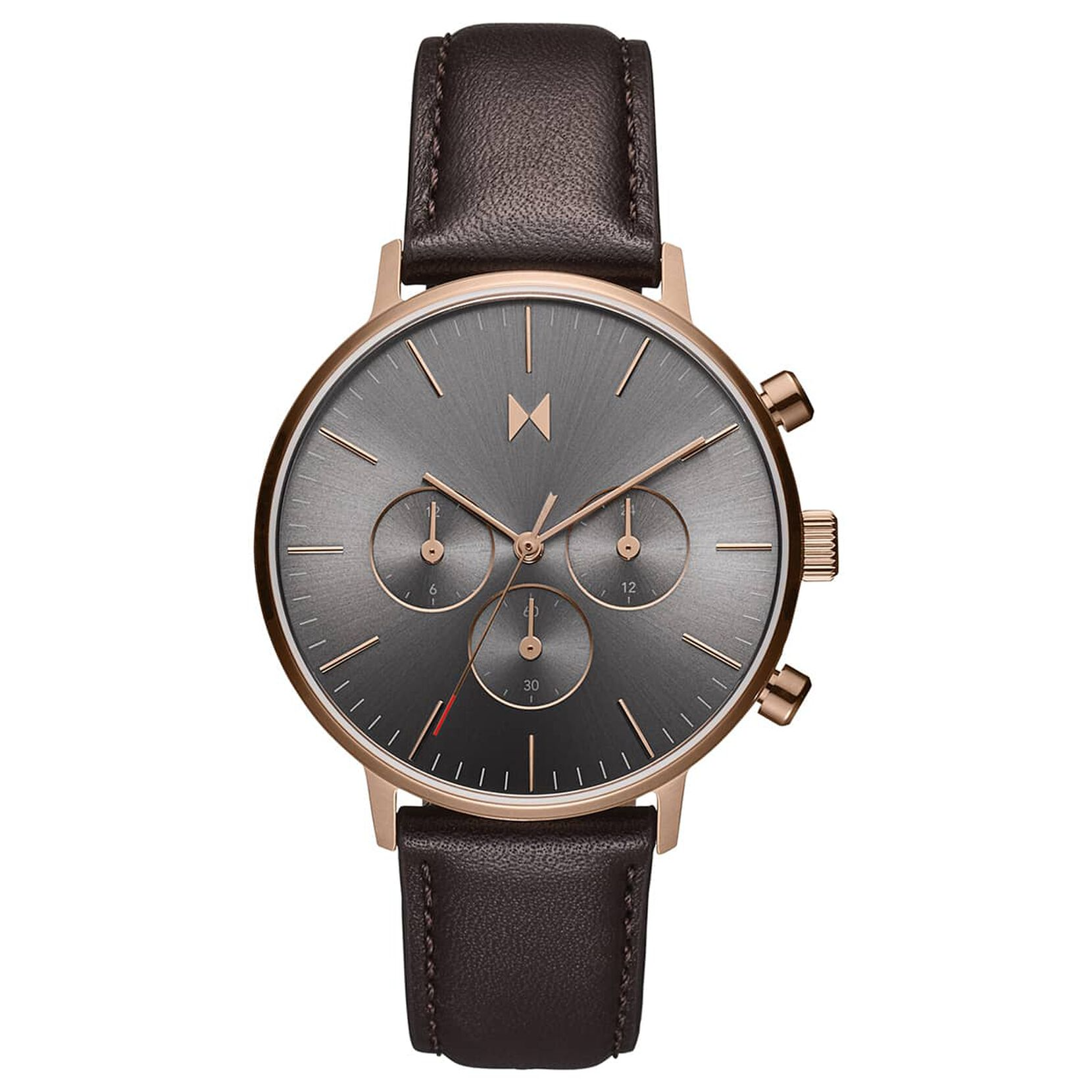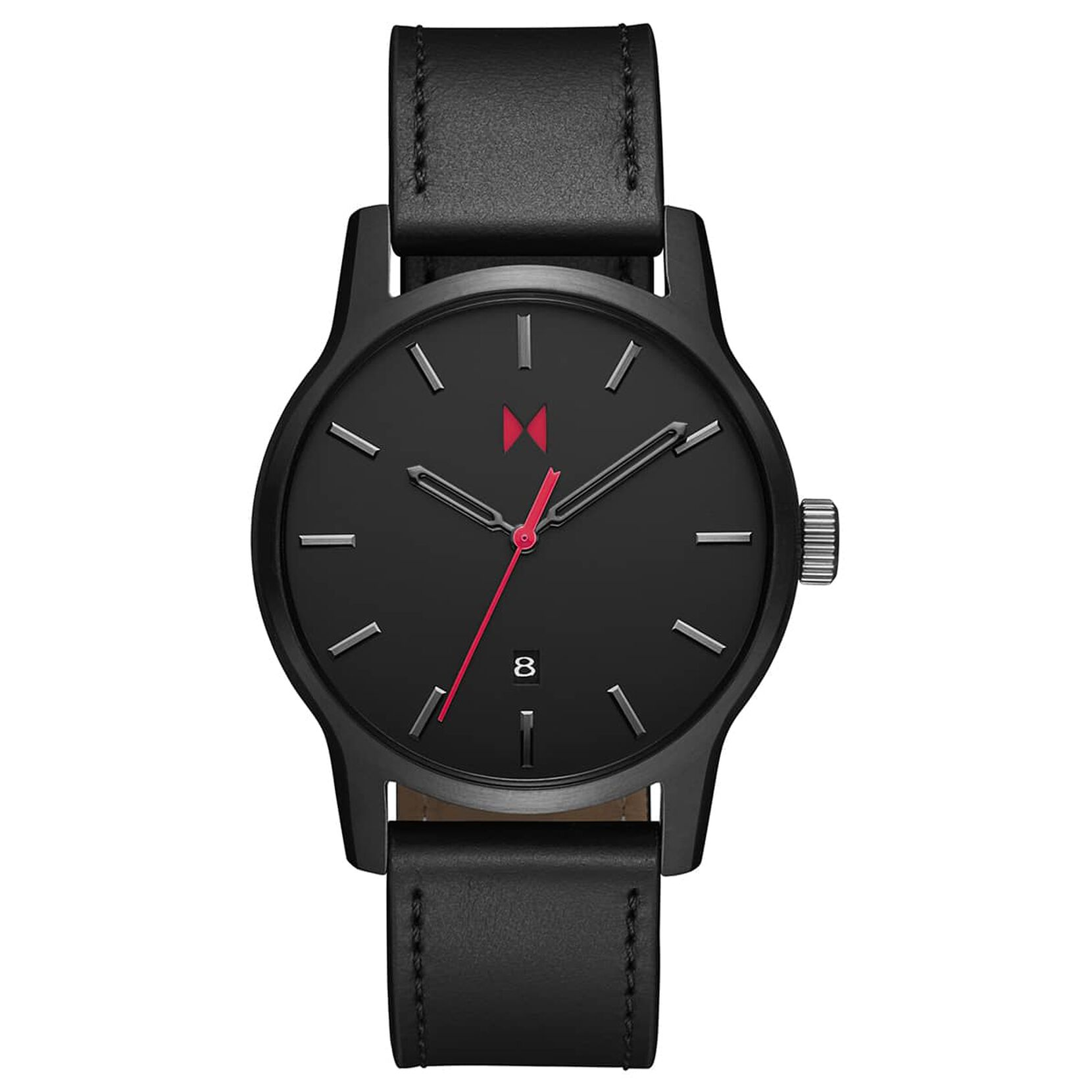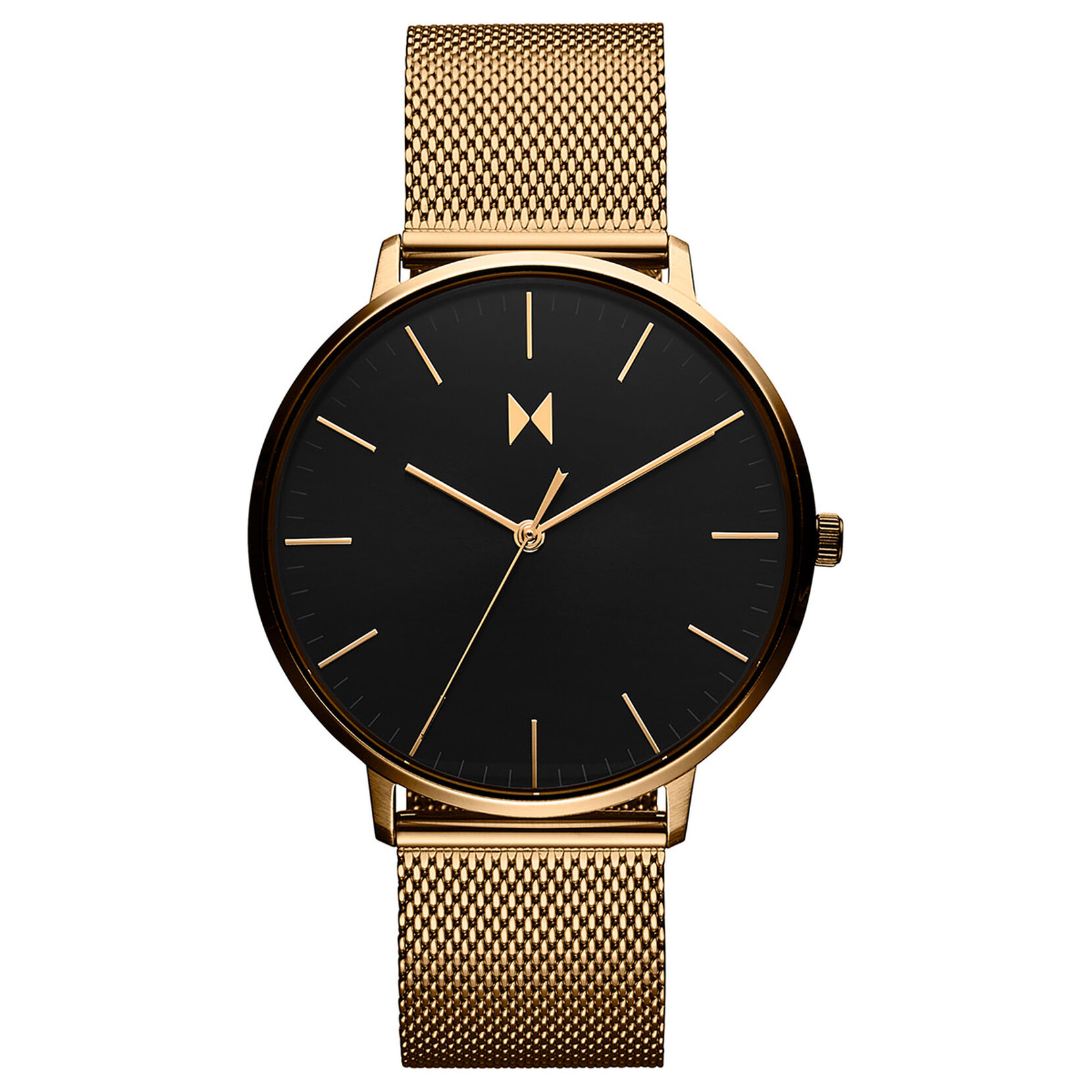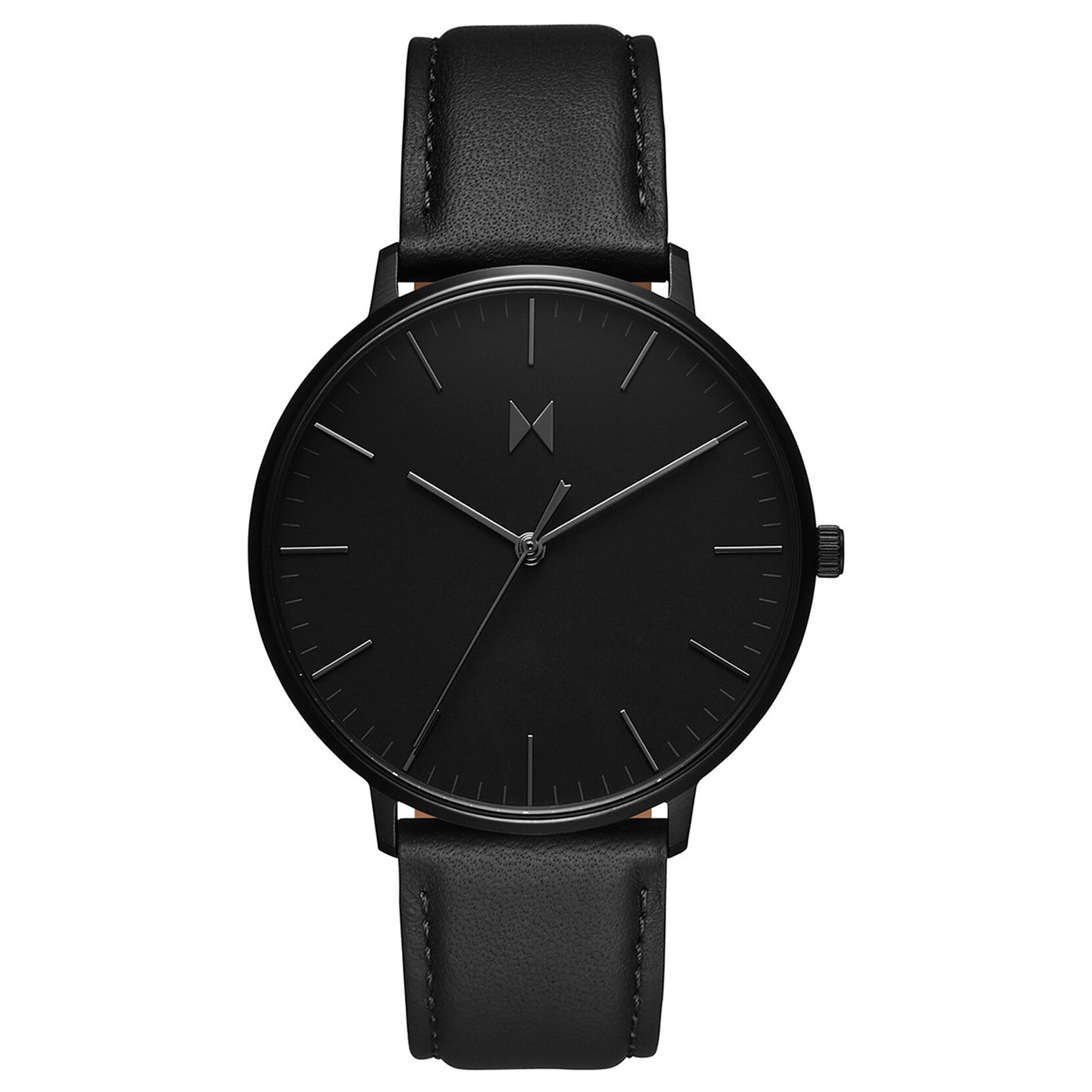Since its inception in 2013, MVMT (pronounced “movement”) has rapidly emerged as a disruptor in the watch industry, offering a fresh take on classic timepieces while maintaining affordability and accessibility. With a strong commitment to design, quality, and customer-centricity, MVMT watches have garnered a dedicated following of fashion-conscious individuals seeking minimalist elegance without breaking the bank. In this comprehensive overview, we delve into the key aspects that define MVMT watches and explore their impact on the contemporary watch market.
Aesthetics: Minimalism Meets Timeless Elegance
At the heart of MVMT’s success lies its unwavering dedication to minimalist design principles. Their watches embrace clean lines, understated elegance, and a subtle yet striking balance between form and function. The brand’s signature slim profiles, paired with crisp dials featuring minimal hour markers and sleek hands, exude a refined simplicity that seamlessly complements both casual and formal attire. MVMT’s use of monochromatic color schemes, often incorporating black, white, silver, and rose gold tones, further reinforces the timeless appeal of their designs.
Versatile Collections Catering to Individual Style
Recognizing the diverse tastes and preferences of its customers, MVMT offers a wide range of collections tailored to different aesthetics and lifestyles. The Classic collection embodies the brand’s core philosophy, with slender cases, interchangeable straps, and uncluttered dials. The Chrono collection adds a sporty touch, incorporating stopwatch functionality into the minimalist framework. The Modern Sport line combines robust construction with refined styling for an active lifestyle, while the Dress collection showcases elegant, refined designs suitable for formal occasions. These distinct collections ensure that every wearer can find an MVMT watch that perfectly aligns with their personal style and needs.
Quality Craftsmanship and Materials
Despite their affordable price points, MVMT watches do not compromise on quality. The brand utilizes durable materials such as stainless steel for case construction, sapphire-coated mineral glass or hardened mineral crystal for scratch resistance, and reliable quartz or automatic movements to ensure accurate timekeeping. Many models also offer water resistance up to 50 meters, providing everyday protection against splashes and brief immersions.
Interchangeable Straps: Endless Customization Possibilities
One of MVMT’s most innovative features is the incorporation of interchangeable straps, allowing wearers to effortlessly switch up their look to suit any mood or occasion. The brand offers an extensive selection of strap options, including genuine leather, metal mesh, NATO, and vegan leather, in a variety of colors and textures. This versatility not only extends the lifespan of an MVMT watch but also enables customers to express their individuality and keep their timepiece feeling fresh and fashionable.
Digital-First Strategy and Direct-to-Consumer Model
A digital-first strategy and a direct-to-consumer (DTC) model are two interconnected business approaches that have gained significant traction in recent years, particularly in industries undergoing digital transformation. Both strategies leverage technology to reshape how companies interact with customers, deliver products or services, and drive growth. Here’s an overview of each concept:
Digital-First Strategy
A digital-first strategy is an approach where a company prioritizes and heavily invests in digital technologies, platforms, and processes to enhance its core operations, customer experiences, and overall competitiveness. This strategy recognizes the central role that digital channels play in today’s connected world and seeks to capitalize on their potential benefits, such as increased reach, efficiency, and data-driven decision-making. Key elements of a digital-first strategy include:
- Customer-centricity: Focusing on delivering seamless, personalized, and engaging experiences across various digital touchpoints, such as websites, mobile apps, social media, and email.
- Data-driven decision-making: Utilizing analytics tools to collect, analyze, and interpret vast amounts of data to inform strategic decisions, optimize marketing efforts, and enhance product development.
- Innovation and agility: Embracing new technologies, such as artificial intelligence, machine learning, cloud computing, and the Internet of Things (IoT), to stay ahead of industry trends and adapt quickly to changing market conditions.
- Integrated digital ecosystems: Creating a cohesive digital ecosystem that connects various internal systems, external partners, and third-party platforms to streamline workflows, automate processes, and foster collaboration.
- Continuous improvement and experimentation: Encouraging a culture of continuous learning, testing, and iteration to refine digital offerings, improve user experiences, and identify new growth opportunities.
Direct-to-Consumer (DTC) Model
The direct-to-consumer model refers to a business approach where a company sells its products or services directly to end consumers, bypassing traditional intermediaries such as wholesalers, retailers, or distributors. In the digital age, this often involves leveraging online channels and e-commerce platforms to establish a direct relationship with customers. Key benefits of a DTC model include:

- Control over customer experience: By owning the entire sales process, companies can design and manage every aspect of the customer journey, from product discovery and purchase to post-sales support and loyalty programs.
- Increased margins: Eliminating intermediaries reduces costs associated with distribution, allowing companies to offer competitive prices while maintaining higher profit margins.
- Data ownership and insights: Direct interactions with customers generate valuable first-party data, enabling companies to better understand consumer preferences, behaviors, and needs, which can inform product development, marketing strategies, and personalized experiences.
- Faster innovation and responsiveness: A DTC model enables companies to bring new products to market more quickly, test demand, and adjust pricing or promotions without relying on third-party approval or coordination.
- Brand building and customer relationships: By communicating directly with consumers, companies can build stronger brand identities, foster brand loyalty, and establish more meaningful connections with their target audience.
Intersection of Digital-First Strategy and DTC Model
A digital-first strategy and a DTC model often go hand-in-hand, as the former provides the technological foundation and mindset necessary to execute the latter effectively. By adopting a digital-first approach, companies can create robust, user-friendly e-commerce platforms, implement targeted digital marketing campaigns, leverage data analytics for customer segmentation and personalization, and establish seamless omnichannel experiences that bridge the gap between online and offline interactions.

Conclusion
MVMT Watches – Style, Substance, and Accessibility
MVMT watches have undeniably reshaped the landscape of affordable luxury timepieces by combining minimalist aesthetics, quality craftsmanship, and innovative business strategies. Their versatile collections, interchangeable straps, and direct-to-consumer model cater to the evolving tastes and preferences of modern consumers, while their commitment to sustainability and social responsibility reflects a growing consciousness within the fashion industry. As MVMT continues to evolve and expand its offerings, it is clear that the brand’s timeless style, accessible pricing, and dedication to customer satisfaction will sustain its position as a leading player in the watch market for years to come.



